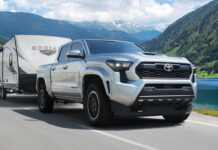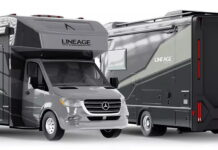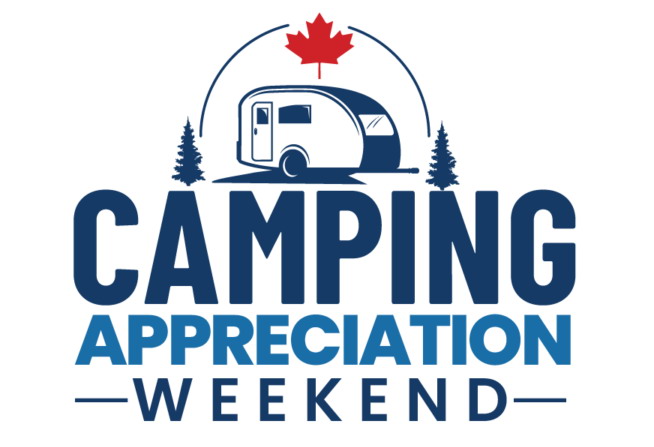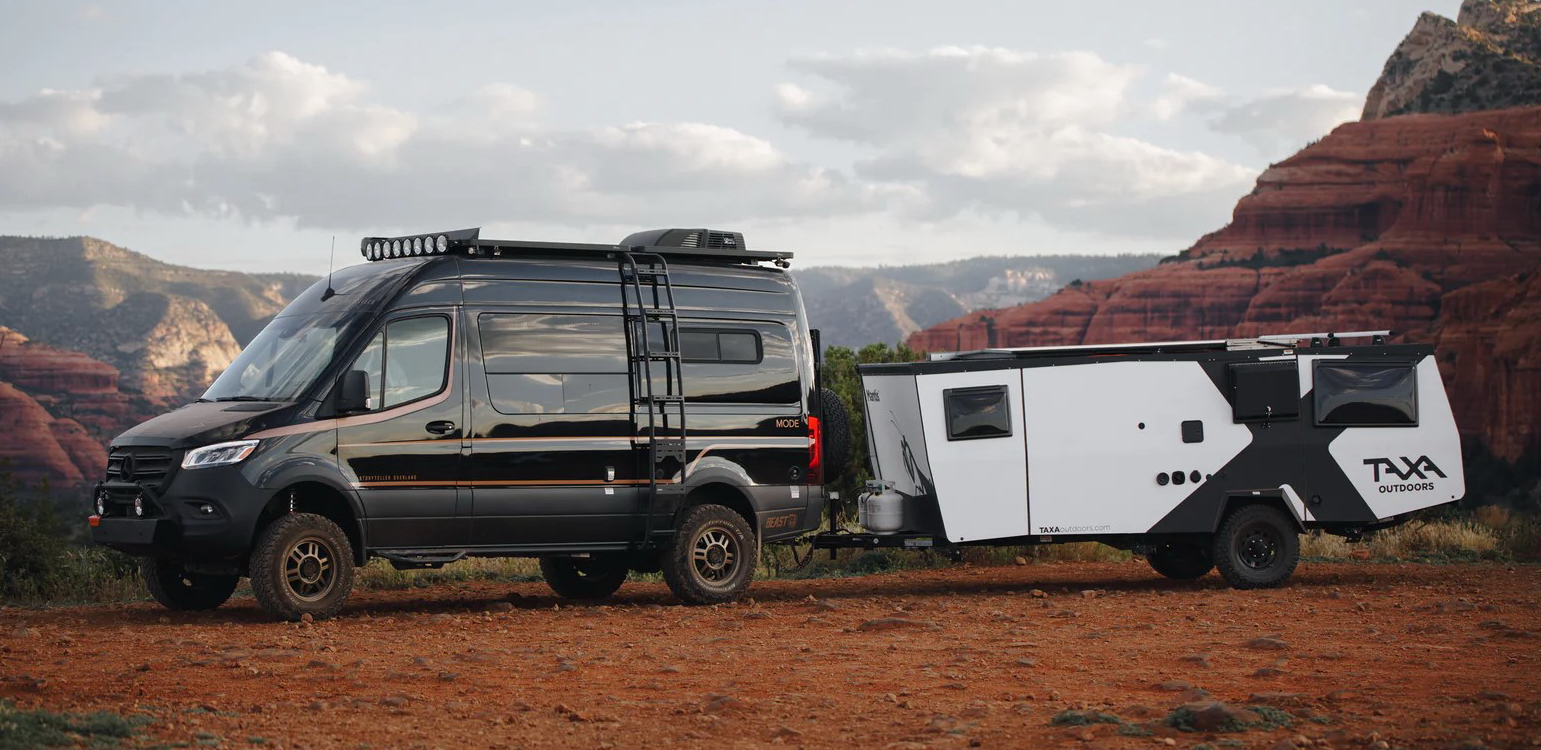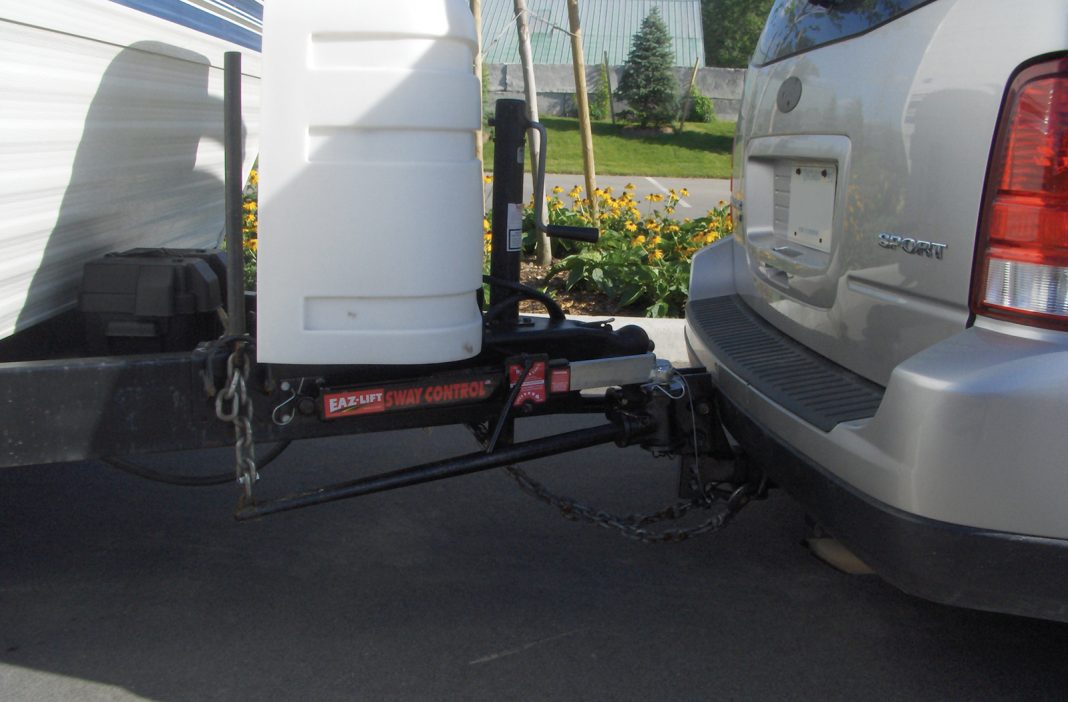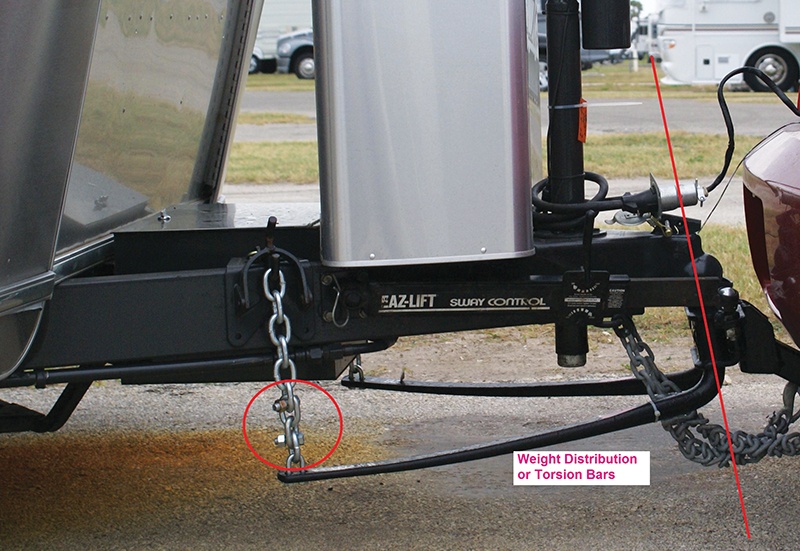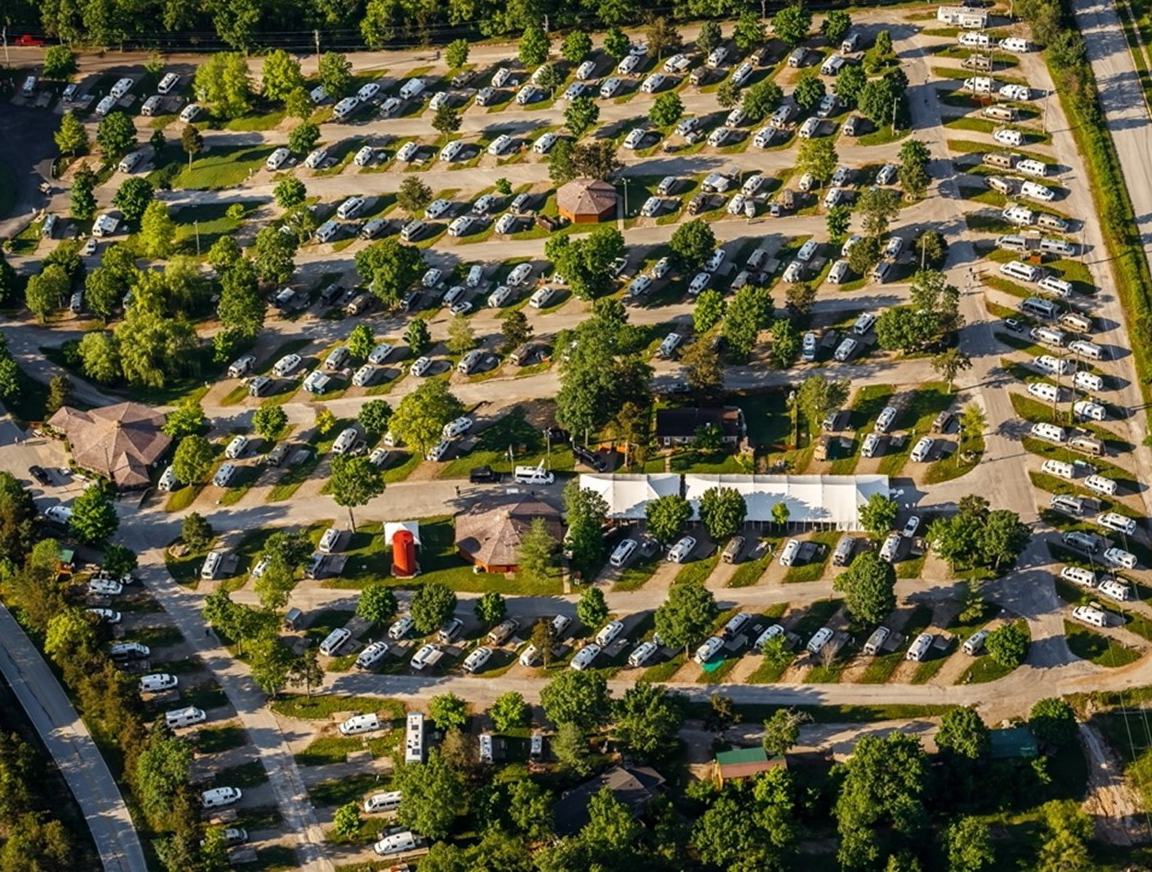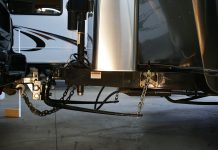Every year, the readers of the RV Lifestyle Buyer’s Guide ask me how to select the right hitch for their tow vehicle and the RV of their dreams. Here’s a letter that I received from one of our readers – you may find that the question, and the answer, will match your own RV and tow vehicle experiences.
Dear Andy:
We are looking at buying our first RV, but we are getting very confused about towing. We have a V6 mid-size SUV with front wheel drive.
We were initially looking at an 18’ trailer, but we were told that there is no way we can tow that, so we started looking at fold-down camping trailers. We were thinking about compromising by selecting one of the high wall camping trailers. The dealer selling the brand we like told us that a “class 2 hitch” is all we need. Another dealer for a competing brand told us that we need a “class 3 equalizing hitch” and that we should not get the high wall model. Other “experts” told us that if we had 4WD we could pull the high wall model… still others say that we should not tow anything with a mid-size SUV because it is not safe – but we have seen many SUV’s on the road, towing a variety of trailers, and they don’t seem to have any trouble.
Could you please shed some light on this for us?
Steve & Joan
Thanks for the letter, Steve and Joan – it sounds like you are confused, and no wonder – there is generally far more misinformation about towing an RV than there is good information. All too often, the misinformation is shared by people who are well-meaning, but have never actually driven the combination of tow vehicle and trailer that you are considering.
The mid-size SUV is a very popular vehicle category and we have several customers who tow with models from Ford, GM, Nissan, and Chrysler.
Selecting a load equalizing hitch is the best thing you can do to make your trailer and tow vehicle more stable. Without an equalizing hitch, you carry all the trailer’s hitch weight on the back bumper of the tow vehicle, and this subtracts weight from your front wheels, affecting suspension performance, steering control, and the overall ride quality of the tow vehicle/trailer combination. When adjusted properly, an equalizing hitch distributes the tongue weight of the trailer evenly to all four wheels of the tow vehicle, and this lets the tow vehicle sit level and ride much better – but more importantly, the act of equalizing creates a physical bond between the two vehicles and makes them act almost as one.
Conventional wisdom is that you do not need an equalizing hitch to tow a fold-down camping trailer, but we often install them on our customer’s tow vehicles – even when they are only towing a fold-down camping trailer – and we find that the use of an equalizing hitch dramatically improves the ride and handling of any towable travel trailer.
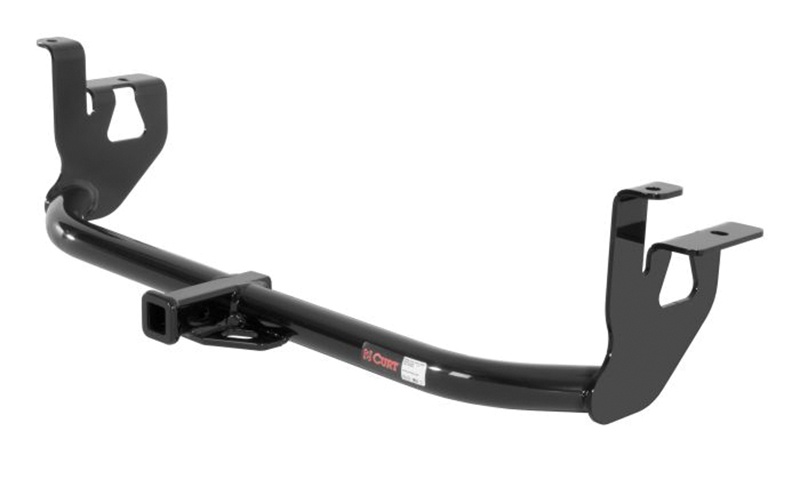
New RV enthusiasts are often confused by the various types of hitches available to tow fold-down camping trailers and travel trailers. Hitches are rated in classes that designate what the hitch is able to carry (referred to as “tongue weight”) and what they are rated to pull, which is referred to as the “total weight”. The hitch rating, however, does not mean that the tow vehicle will necessarily be suited to handle that weight, nor does it mean that the hitch is appropriate for the type of trailer being towed. Class 1 hitches that bolt-on to the frame or the rear bumper of the tow vehicle have an extremely light load capacity in terms of RV usage, and should only be used for something like a small aluminum boat or a single snowmobile trailer, and even with that many of these towing configurations make me nervous.
A class 2 hitch is generally rated for 350 lbs. of hitch weight and 3500 lbs. of total weight; however, they have a small receiver tube and will not accept an equalizing hitch. Even if they could be outfitted with a load equalizing device, they would not withstand the torque that the equalizing hitch exerts.

Every trailer and tow vehicle combination requires a specific hitch application to provide optimum safety and functionality. For example, a Ford Escape is a stable tow vehicle, thanks to the independent rear suspension and the centre of gravity, which is relatively low for an SUV. Pairing the Escape with a large fold-down camping trailer brings up some interesting possibilities. Even though the class 2 hitch is rated for 350 lbs. weight carrying, in order to maintain good handling, you don’t want more than about 200 lbs. of hitch weight on the Escape without equalizing the weight onto all four wheels. Even if you decide not to use an equalizing hitch, I would still suggest a class 3 receiver. The Class 3 is significantly stronger, and it adds very little additional cost – it also keeps your options open if you decide to trade-up to a larger trailer, and even when used as a weight carrying hitch it has less flex, which will result in a smoother ride.
As far as the necessity of four-wheel drive is concerned, you don’t really need this for towing, and the drive train will consume more power than the two-wheel drive alternative, so performance for trailer towing would be a little better with a front wheel drive vehicle.
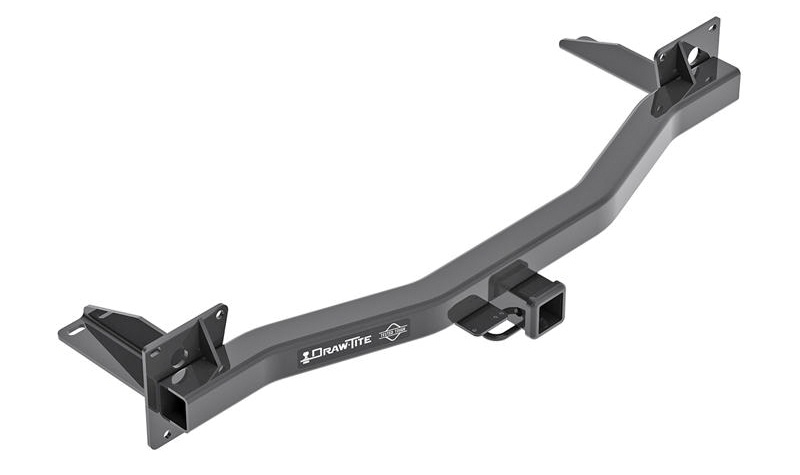
I don’t like to tell you that you should start the selection process over again, but there is a better approach to matching a trailer to a tow vehicle than what you have been doing so far. Since you know that you are going to tow something, have a class 3 receiver installed – there are some available for most mid-size SUVs that are rated for 5000 pounds towing capacity and 500 pounds hitch weight. Have the tow vehicle wired for the standard 7-pin Bargman-type connection, and get a good brake control installed as well as a transmission cooler.
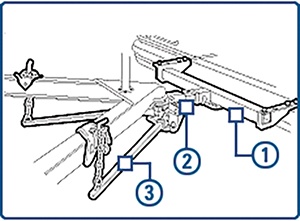
1. the hitch receiver,
2. the ball mount,
3. the spring bar assembly and,
4. the sway control (see below)
These components work in unison to provide complete towing system compatibility.
To have the most appropriate hitch configuration, I would purchase the weight distribution hitch components that match the class 3 frame hitch and receiver. Some may tell you that all hitches are the same, but I would select the hitch carefully as there are substantial differences between brands. You want a hitch that allows the ball to be as close to the bumper as possible. You should be able to get a hitch package for your SUV that keeps your hitch ball within 6” of the back bumper. You may need the hole for the pin in the shank (the solid 2” square portion) to be re-drilled to allow it to be as close as possible. Also, I would suggest a round equalizer bar design for the mid-size SUV models, with 500 – 600-pound torsion bars.
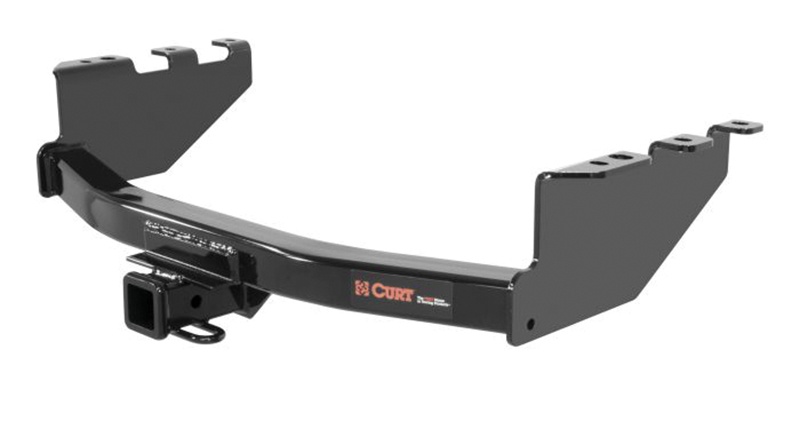
Once you install the hitch on your SUV, you will be able to try towing a range of trailers before you finalize your decision to purchase one or another of the types that are compatible with your tow vehicle. This way, you can be sure of how your combination will perform, instead of guessing. If you decide on a full-size travel trailer I would add a friction sway control, but this won’t be necessary for your test tows.
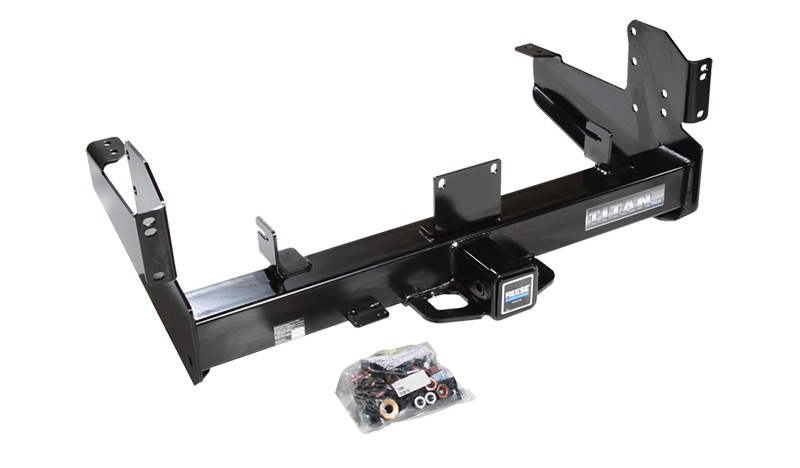
You may be quite surprised to discover how well your SUV can tow, and the variety of RV’s that you are able to hitch to it. All of our customers who tow trailers with mid-size SUV models are towing smaller full-size travel trailers, and this is a very viable combination if you decide that a travel trailer is what you would prefer to own. The key to selecting a towable travel trailer to match your SUV is to get one with the most aerodynamic design you can find. To a large extent, the weight and length of the trailer are secondary to the effects of its’ aerodynamic drag. There are several brands of towable travel trailers that have a substantial front slope and a low overall height. Some models are also seven and half feet wide instead of eight feet, which further reduces the aerodynamic drag.
One additional consideration that will enhance the mid-size SUV’s towing capability is to change the tires to a lower profile. Some SUV models have standard tires that are 235/70R x 16”. These are very large tires for a relatively compact vehicle, and in effect they are part of the “off-road” SUV styling. Changing the tires to 225/60R x 16” will give you substantially more performance and better handling. I think you will find it works much better solo as well. There are two downsides to changing the size of your tires, one is that your speedometer needs to be recalibrated to work with the smaller tires, and this can be taken care of by a modern service garage or at your automobile dealership – otherwise your speedometer will read 108 KPH when you are really travelling at 100 KPH, and your odometer will be 8% ahead of reality… The other difference is that the smaller tires will not be quite as good in snow.
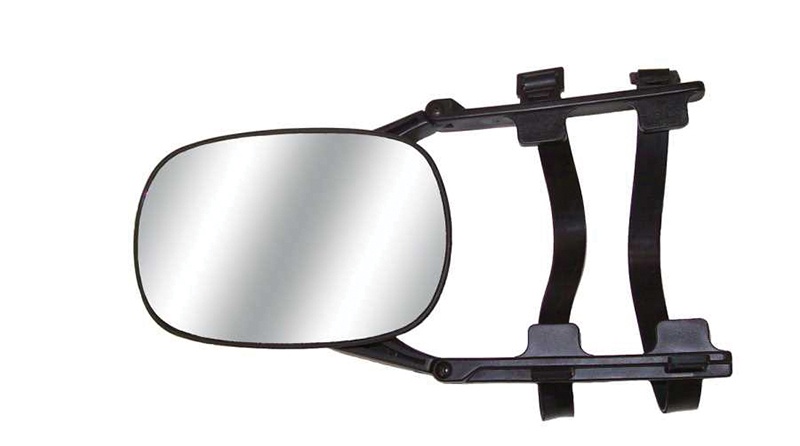
Among the modifications to adapt the relatively narrow mid-size SUV to the tow vehicle role is the installation of extended mirrors. Finding mirrors with enough reach is sometimes difficult, but there are several types of easily installed towing mirrors that work on almost any vehicle, and they will extend far enough for most combinations – when you are not towing, just remove the clamps that hold the mirrors onto your vehicle, and stow them until your next RV adventure.
Once you have your mid-size SUV set up properly I think that you will find RV’ing to be a very enjoyable lifestyle that will provide you and your family with a great deal of freedom.
Thanks for writing.
Andy







